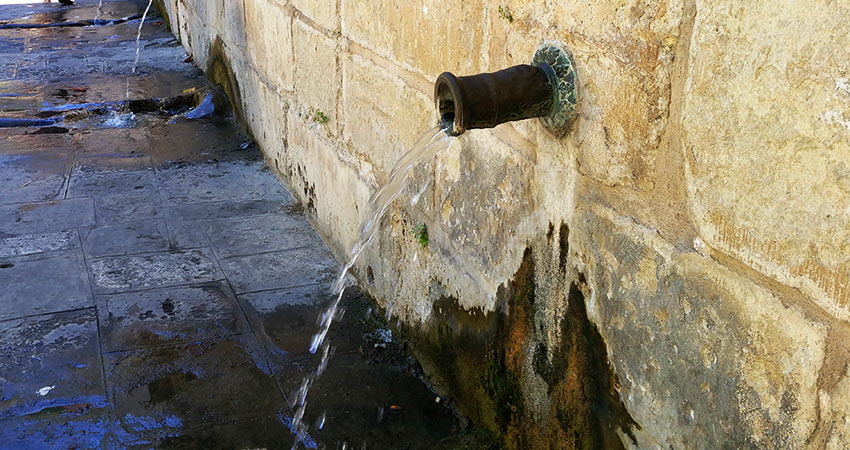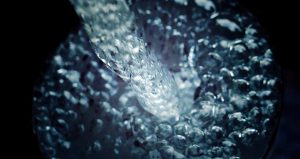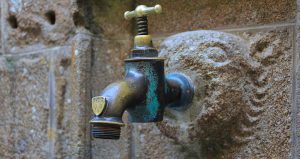Italy monitors contaminants for higher water quality

-
Editorial Team
Share article:
– Sponsored Story –
Identifying a wide variety of contaminants is paramount to safeguard the scarce drinking water supply in Italy. The Italian National Health System (ISS) is performing investigative screening using state-of-the-art technology for all water catchment areas in Italy, made up of approximately 50,000 distinct water sources. Innovative technology is needed to comply to the updated drinking water quality standards in the new European Drinking Water Directive.
“ISS is protecting public health from many risks caused by chemical compounds in the environment”, explains Dr. Luca Lucentini who is responsible for water and health quality at the Italian National Health System. For screening a wide variety of substances ISS is using Inductively Coupled Plasma Mass Spectrometry. For reliably detecting both traditional and emerging contaminants in water, from nitrates to dissolved thallium, the ISS needs accurate simultaneous analysis of high- and low-level elements.
Fundamental tool
Lucentini explains ISS is in charge of developing and organizing the analytical procedures and methods for performing water quality monitoring by the Italian laboratories. According to the senior researcher: “The Italian health organization focuses on both quantitative and qualitative concerns regarding water for human use. From irrigation to industrial operations to consumption.” ISS is also working on the implementation of Water Safety Plans according to the revised European Drinking Water Directive. These plans are meant to analyze the entire chain of drinking water and to mitigate any risk of contamination.
High sensitivity
For Lucentini the high sensitivity of the ICP-MS technology is key. “We use it because it allows you to perform a multi-element analysis with quantification limits that for most of the elements are lower than 1 microgram per liter (µg/l). The advantage of high sensitivity is a fundamental aspect taking into account the updating of some parameter values which in December 2020 have been reduced in the recast of the European Drinking Water Directive.” For example, in order to improve water quality, the current parametric value from for example lead concentrations should be as low as reasonably practicable. In the next 15 years lead concentrations of 10 μg/l have to be reduced to 5 μg/l.
More benefits
“Another application that allowed us to benefit from the advantages of ICP-MS was the combination with a chromatographic technique (Size Exclusion Chromatography) through which it was possible to develop a method for the speciation analysis of some elements such as thallium and chromium. From an instrumental point of view, the combination of the two units was achieved by simply connecting the end of the analytical column to the nebulizer with a capillary tube. Following the optimization of the chromatographic conditions, different species of the same element can be effectively separated before the sample reaches the plasma, allowing to discriminate and quantify the different forms in which the metal can be found”, says Lucentini.
Preparation
According to Lucentini a simplified sample preparation plays a key role in the whole analytical workflow. “Before the analytical measurement, water samples are acidified to 1% with fuming nitric acid and analyzed with a PerkinElmer NexION ICP-MS equipped with an ESI autosampler and a Mehinard or ultrasonic nebulizer. Aqueous samples do not require special pre-treatment. If the objective of the analysis is to determine the soluble fraction only, the sample needs to be filtered before acidification, otherwise the addition of nitric acid is enough.”
Response times
Lucentini: “In the application of the screening method in particular, the analysis and acquisition of data is possible in 3-5 minutes by interpreting the complete mass spectrum for the determination of the concentration of approximately 78 elements. Further elements, though not listed by official regulations, are monitored as well, based on site-specific risk assessments.”
Pollution due to mining
Regarding site-specific risks Lucentini refers to Thallium. “This hazardous element is not among the parameters identified by the regulations. Thallium contamination in aqueduct systems is quite rare. However, due to the potential adverse effects for human health, the presence of even low concentrations of thallium could represent a concern, affecting the quality of drinking water. The phenomenon of leaching following mining processes is one of the main routes through which thallium reaches the aqueduct systems and since there are more than 3000 mining sites in Italy, the monitoring and control of these areas is managed locally.”














